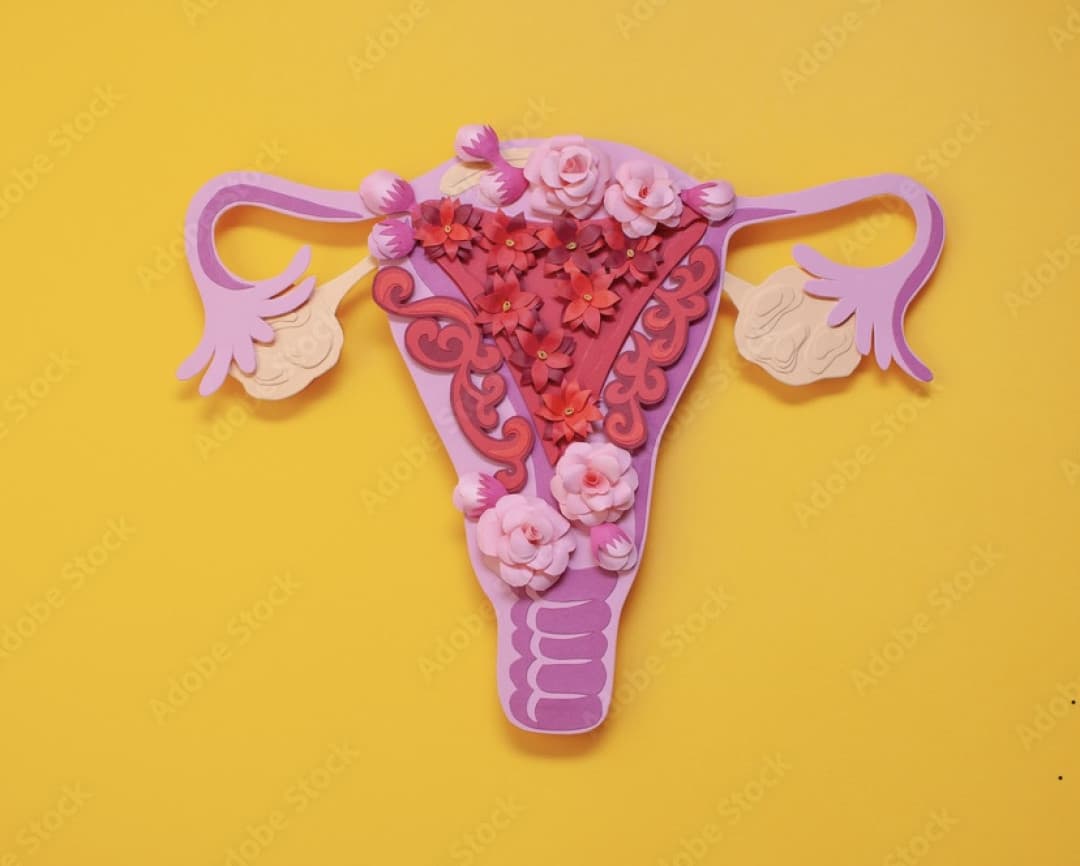Polycystic ovarian syndrome (PCOS) is the most common endocrine disorder in women of reproductive age, affecting the functioning of the reproductive, hormonal and metabolic systems. The etiology of PCOS is not fully clarified, but this condition may be related to the interaction between genetic and environmental factors.
The first-line treatment, according to the 2018 Guidelines of the American Society for Reproductive Medicine, is through lifestyle adjustment, which includes dietary interventions and exercise.
So, we brought 3 nutritional strategies that can be adopted for patients with PCOS:
Changes in the lifestyle:
A low carb diet is recommended, containing foods with low glycemic load, low content of saturated fats and rich in fiber. For women with overweight and obesity, weight loss should be stimulated, these strategies contribute to improved insulin resistance and hyperandrogenism of women with PCOS.
Combining dietary intervention with exercise is also crucial for weight loss, reducing risk factors and significantly improving the regularity of the menstrual cycle.
and micronutrients:
Vitamin D: It plays roles in several metabolic pathways and deficiency of this micronutrient can affect insulin resistance and PCOS. Higher levels of vitamin D have been associated with lower development of insulin resistance.
Magnesium deficiency affects glucose metabolism.
Chromium: Complementation with chromium may exert positive effects on reducing BMI, fasting insulin, and free testosterone in patients with PCOS.
Coezim Q10 and vitamin E: They contribute to improved lipid profile and cardiovascular health.
Myo-iositol: Reduces the symptoms of hyperandrogenism, helps in the regulation of menstrual cycle and fertility.
Cronology of Nutrition:
For women affected by PCOS, having meals with the highest amount of calories at night has a negative impact on insulin resistance and androgenic hormones.
One study assessed the intake of the same amount of calories in women with COPD, the difference being that one group consumed the most calorie meal at breakfast and the other at dinner. The simple fact of changing the order of meals improved HOMA-IR, insulin, glucose and ovulation frequency in women with the highest calorie intake in the morning.
In addition to COPD, another gynecological disease that affects 6 to 10% of women of reproductive age is endometriosis.
Endometriosis is characterized by the presence of the endometrium outside the uterine cavity. It triggers symptoms such as pain associated with menstruation and sexual intercourse, discomfort when urinating and infertility. Women with endometriosis experience increased oxidative stress in the peritoneal cavity and blood, which is associated with chronic inflammatory processes.
The etiology is not fully clarified, but several studies suggest that diet is a potential risk factor for the development of this condition, but it is possible to be modified.
Based on various studies, it is suggested that increased consumption of vegetables, fruits, omega-3 fatty acids, low-fat dairy products and vitamin D may influence a lower risk of developing endometriosis.
On the other hand, excessive consumption of red meat, embedded foods, saturated fats and alcohol can increase the chances of developing the disease.
In addition, the intake of antioxidant vitamins and minerals (vitamin E, vitamin C, zinc and selenium) play an important role in preventing and relieving the symptoms caused by endometriosis. This is because they influence the decrease in the levels of inflammatory markers and the reduction of oxidative stress caused by the inflammation processes of endometriosis.
References:
1) Zhang, Xiaoshuai, et al. “The effect of low carbohydrate diet on polycystic ovary syndrome: a meta-analysis of randomized controlled trials.” International Journal of Endocrinology 2019 (2019).
2) Abdolahian, Somayeh, et al. “Effect of lifestyle modifications on anthropometric, clinical, and biochemical parameters in adolescent girls with polycystic ovary syndrome: a systematic review and meta-analysis.” BMC Endocrine Disorders 20 (2020): 1-17.
3) Z. Faghfoori, et al., Nutritional management in women with polycystic ovary syndrome: A review study, Diab Met Syndr: Clin Res Rev (2017).
4) Huijs, Emma, and A. W. Nap. “The effects of nutrients on symptoms in women with endometriosis: a systematic review.” Reproductive BioMedicine Online (2020).
5) Moore, Judith S., et al. “Endometriosis in patients with irritable bowel syndrome: specific symptomatic and demographic profile, and response to the low FODMAP diet.”
6) Australian and New Zealand Journal of Obstetrics and Gynaecology 57.2 (2017): 201-205.
7) Santanam, Nalini, et al. “Antioxidant supplementation reduces endometriosis-related pelvic pain in humans.” Translational Research 161.3 (2013): 189-195.
8) Jurkiewicz-Przondziono, Joanna, et al. “Influence of diet on the risk of developing endometriosis.” Ginekologia polska 88.2 (2017): 96-102.
